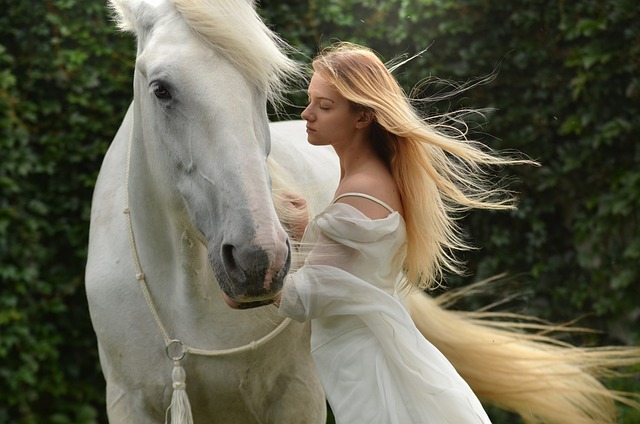Spis Treści
Do Horses Stop Breathing When Running?
When it comes to the incredible athleticism and endurance of horses, many people wonder if these majestic creatures stop breathing while running. In this article, we will delve into the topic and provide a comprehensive answer to the question: Do horses stop breathing when running?
The Respiratory System of Horses
Before we can answer the question, it is important to understand the respiratory system of horses. Horses, like humans, have a complex respiratory system that allows them to take in oxygen and expel carbon dioxide.
The main components of a horse’s respiratory system include:
- Nostrils: Horses have large, flaring nostrils that allow for efficient airflow.
- Nasal Passages: The air enters the nasal passages, where it is warmed, humidified, and filtered.
- Trachea: The trachea, also known as the windpipe, is a tube that connects the nasal passages to the lungs.
- Lungs: Horses have large lungs that are capable of holding a significant amount of air.
- Diaphragm: The diaphragm is a muscle that separates the chest cavity from the abdominal cavity and plays a crucial role in the breathing process.
Breathing During Rest
During rest, horses breathe in a pattern known as tidal breathing. Tidal breathing involves the inhalation and exhalation of air in a rhythmic manner. Horses typically take around 8-16 breaths per minute while at rest, depending on their size and fitness level.
During inhalation, the diaphragm contracts and moves downward, creating a vacuum in the chest cavity. This vacuum pulls air into the lungs through the trachea and nasal passages. When the diaphragm relaxes, it moves upward, pushing the air out of the lungs during exhalation.
Breathing During Exercise
When horses engage in strenuous exercise, such as running, their breathing pattern changes to accommodate the increased oxygen demand. Horses are remarkable athletes and have evolved to have a highly efficient respiratory system that allows them to meet the demands of intense physical activity.
During exercise, horses transition from tidal breathing to a pattern called respiratory sinus arrhythmia. This pattern involves a synchronization between the horse’s breathing and heart rate, optimizing oxygen uptake and delivery to the muscles.
Contrary to popular belief, horses do not stop breathing when running. In fact, their breathing rate increases significantly to meet the oxygen requirements of their working muscles. A fit and well-conditioned horse can take up to 120 breaths per minute during intense exercise.
The Benefits of Continuous Breathing
Continuous breathing during exercise provides several benefits for horses:
- Oxygen Supply: By continuously breathing, horses ensure a constant supply of oxygen to their muscles, which is essential for energy production.
- Carbon Dioxide Removal: Continuous breathing allows horses to efficiently remove carbon dioxide, a waste product of metabolism, from their bodies.
- Temperature Regulation: Horses dissipate heat through respiration, and continuous breathing helps regulate their body temperature during exercise.
- Stamina and Endurance: The ability to maintain a steady breathing pattern while running enables horses to sustain their performance over long distances.
Conclusion
In conclusion, horses do not stop breathing when running. Their respiratory system is designed to support the increased oxygen demand during exercise. Horses transition from tidal breathing to respiratory sinus arrhythmia, maintaining a continuous and efficient breathing pattern. Understanding the intricacies of a horse’s respiratory system helps us appreciate their remarkable athletic abilities and the adaptations that enable them to excel in various equestrian disciplines.



















